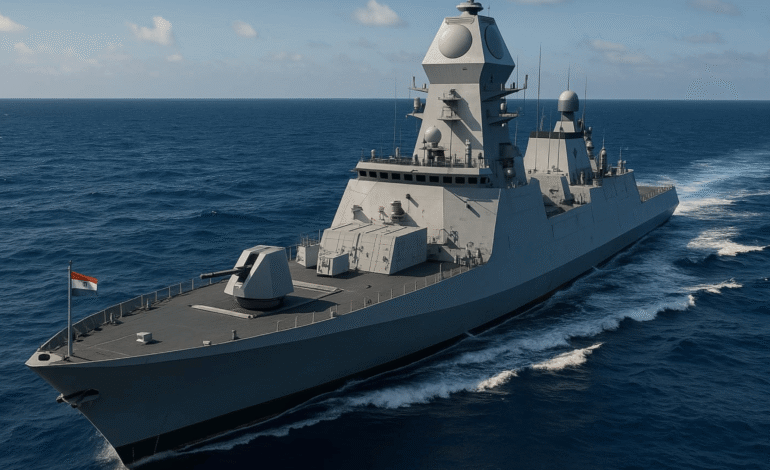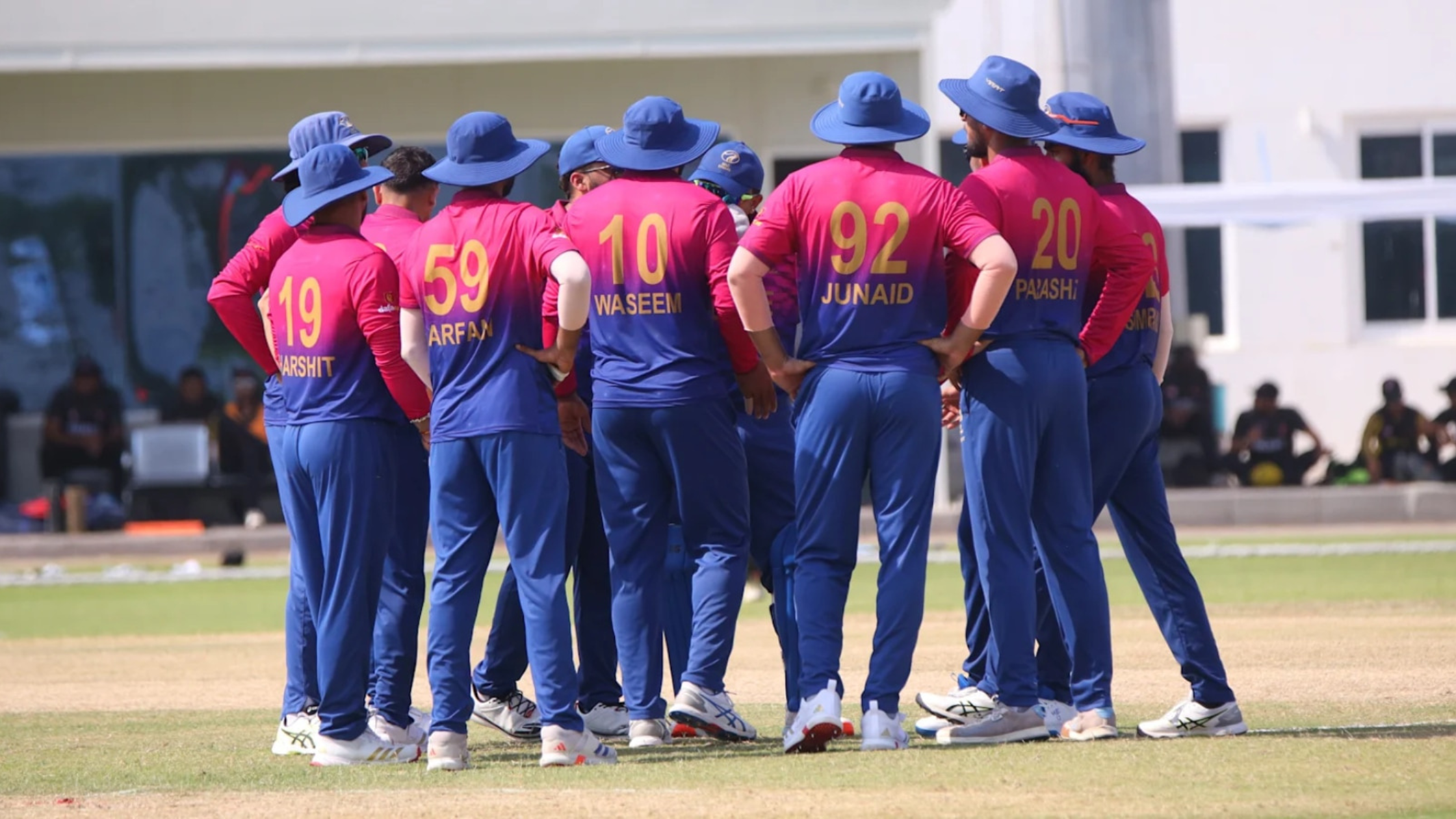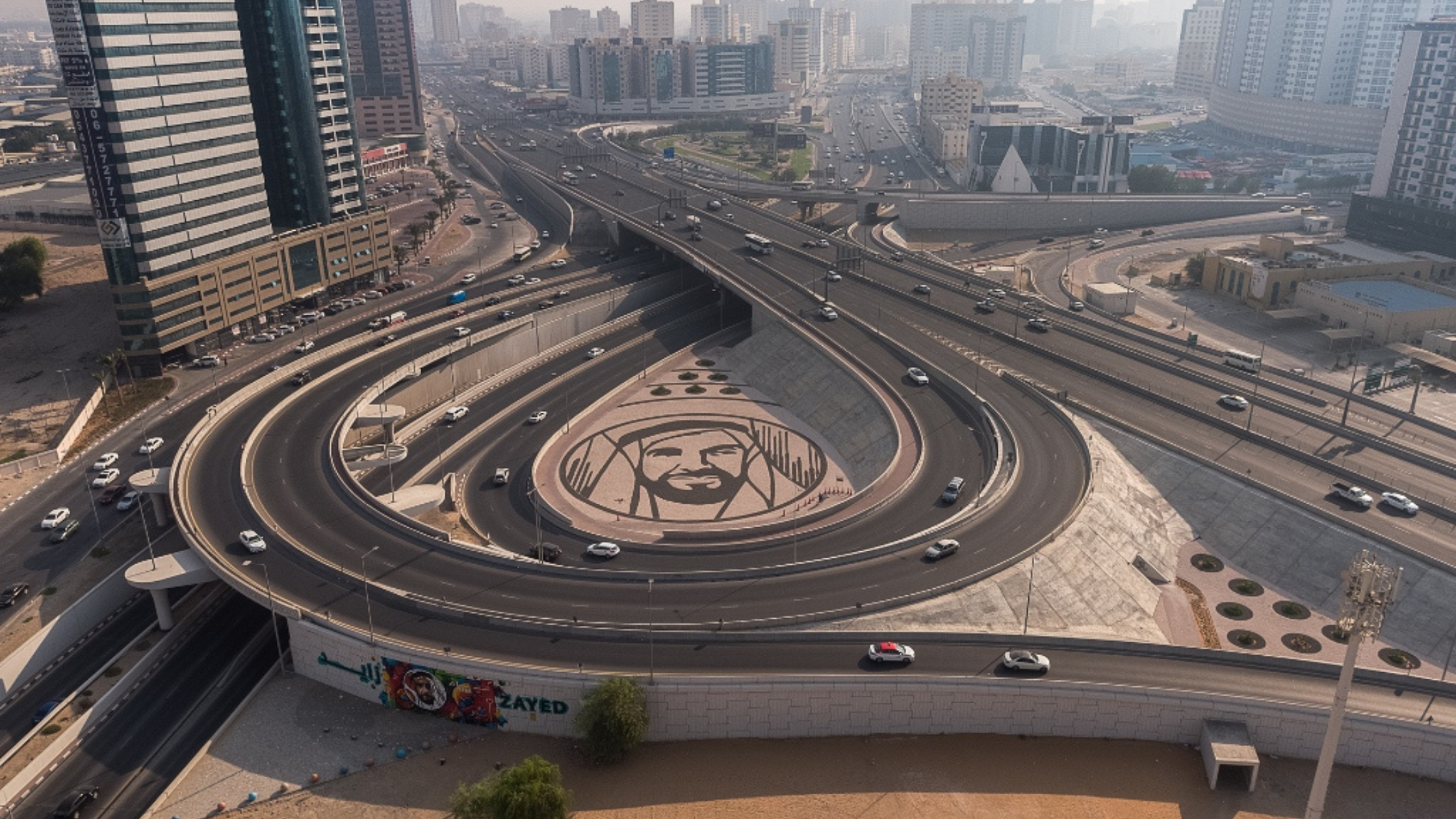India’s Project 18 Destroyer: Next‑Gen Indian Navy Powerhouse

India’s naval modernization efforts have taken a major leap forward with the development of the Project 18 (P-18) next-generation destroyer. Poised to become the largest and most advanced warship in the Indian Navy, the P-18 is designed to dramatically enhance maritime defense capabilities. With an estimated displacement of around 13,000 tonnes almost double the current Visakhapatnam-class destroyers this vessel may even qualify as a cruiser under international naval classification standards, which define ships above 10,000 tonnes as cruisers.
This ambitious project aligns with India’s strategic vision to establish a dominant maritime presence in the Indo-Pacific region, while simultaneously advancing the government’s ‘Atmanirbhar Bharat’ (self-reliant India) initiative by maximizing indigenous technology integration. As the Indian Navy gears up to operate a fleet of 170 to 175 warships by 2035, the P-18 destroyer will play a critical role in strengthening both offensive and defensive naval operations.
Size and Power: Surpassing the Visakhapatnam-Class Destroyers
Currently, the Visakhapatnam-class represents the largest and most formidable destroyers in India’s naval arsenal, displacing approximately 7,450 tonnes. These vessels are equipped with 48 vertical launch systems (VLS), which enable them to deploy a range of missiles for air defense, anti-ship, and land-attack missions. In stark contrast, the upcoming Project 18 destroyers are planned to feature an impressive 144 VLS cells, tripling the missile capacity and thereby expanding their multi-role mission profiles substantially.
This significant increase in size and firepower will allow the P-18 destroyers to engage multiple threat vectors simultaneously, enhancing fleet survivability and operational flexibility. Vice Admiral Sanjay Jasjit Singh, Vice Chief of Naval Staff, revealed in December 2023 that the Indian Navy has already commenced the design phase for these state-of-the-art vessels, marking the start of an important chapter in India’s naval force expansion.
Cutting-Edge Radar and Sensor Systems for Advanced Threat Detection
One of the standout technological features of the Project 18 destroyers will be their advanced radar and sensor suite, tailored for comprehensive 360-degree situational awareness. The warship will be equipped with four large Active Electronically Scanned Array (AESA) radars integrated directly into its superstructure, marking a leap in naval sensor technology for India.
These radars, developed jointly by India’s Defence Research and Development Organisation (DRDO) and Bharat Electronics Limited (BEL), include an S-band active array functioning as the primary radar. In addition, a volume search radar and a multi-sensor mast are incorporated to enhance the ship’s capability to simultaneously track aerial, surface, and subsurface threats at ranges reportedly exceeding 500 kilometers. This radar suite empowers the destroyer with real-time multi-target tracking and precision engagement, vital for modern naval warfare.
Missile Configuration: Layered Defense and Strike Capabilities
The Project 18 destroyer is designed to carry a sophisticated missile arsenal organized into a layered defense system within its 144 VLS cells, enabling the ship to handle a diverse spectrum of offensive and defensive roles:
Approximately 32 VLS cells positioned at the stern will be dedicated to the under-development PGLRSAM (Palash Guided Long-Range Surface-to-Air Missile), which promises an extended range of 250 kilometers. This missile is intended to intercept hostile aircraft and ballistic missile threats, providing a robust anti-air defense shield.
A larger segment of 48 cells is allocated to house the BrahMos extended-range supersonic cruise missile and the Indigenous Technology Cruise Missile (ITCM). Both missiles are designed for high-speed, precision strikes against enemy ships and land-based targets, substantially augmenting the destroyer’s offensive punch.
The remaining 64 cells will carry very short-range surface-to-air missiles (VSHORAD), acting as the ship’s last line of defense against incoming anti-ship missiles and low-flying aerial threats, thereby ensuring multi-layered protection for the warship and nearby fleet assets.
Indigenous Content and Strategic Self-Reliance
Reflecting India’s ‘Atmanirbhar Bharat’ initiative, the Project 18 destroyers are expected to feature approximately 75% indigenous content, showcasing the country’s growing capabilities in naval shipbuilding, weapons technology, and electronic warfare systems. This push for self-reliance not only strengthens national security but also fosters innovation and economic growth within the domestic defense manufacturing sector.
The destroyers will support the operation of two multi-role helicopters, enhancing surveillance, anti-submarine warfare, and search-and-rescue operations. Additionally, the vessels will be equipped to launch autonomous underwater drones, increasing their capability in undersea reconnaissance and mine detection.
Timeline and Future Deliveries
During the Navy Day celebrations in December 2023, Vice Admiral Singh outlined the expected development timeline for Project 18. The broad timeframe estimates that by around 2028, the Indian Navy aims to finalize contracts and begin construction. Delivery and commissioning of these destroyers are projected to occur between five to ten years from that point.
Such a timeline is ambitious but reflects India’s urgency in modernizing its naval fleet amid evolving geopolitical challenges in the Indo-Pacific region.
Project 18’s Role in India’s Long-Term Naval Expansion
The introduction of the Project 18 destroyers is a pivotal part of India’s long-term naval expansion strategy, targeting a fleet size of 170 to 175 warships by 2035. This expansion seeks to enable the Indian Navy to maintain blue-water capabilities, enhance power projection, and secure critical sea lanes vital to India’s economic and strategic interests.
Project 18 vessels will significantly boost the Navy’s multi-dimensional warfare capabilities, combining anti-air, anti-surface, and anti-submarine warfare in a single platform. This multi-role functionality ensures that India can address emerging threats across various domains efficiently.
Strategic Importance for the Middle East and UAE Maritime Security
India’s naval modernization, especially with the advent of Project 18 destroyers, carries significant implications for the broader Indo-Pacific and Middle Eastern maritime landscape. The UAE and other Gulf Cooperation Council (GCC) countries have been strengthening maritime security cooperation with India, given shared concerns over piracy, sea lane security, and geopolitical stability in the Arabian Sea and beyond.
As India’s naval power grows, it enhances regional security partnerships, offering opportunities for joint exercises, intelligence sharing, and coordinated responses to maritime threats. For the UAE and Middle East, India’s advancements contribute to a more secure and stable maritime environment, crucial for protecting trade and energy routes that underpin these economies.
Technological Innovations and Challenges Ahead
Developing a destroyer as advanced as Project 18 comes with formidable challenges, ranging from integrating new radar and missile systems to maintaining reliability in extreme maritime environments. India’s collaboration between DRDO, Bharat Electronics Limited, and private shipyards exemplifies a complex ecosystem striving to achieve cutting-edge naval technology.
Successful integration of AESA radars and next-generation missile systems on a 13,000-tonne hull will set a benchmark in Indian shipbuilding. It will also require extensive testing, crew training, and logistical support networks to ensure operational readiness.
A New Era in Indian Naval Power
Project 18 represents more than just a new warship; it symbolizes India’s resolve to emerge as a leading maritime power. With advanced radar suites, a potent missile arsenal, and a high degree of indigenous content, these destroyers will elevate the Indian Navy’s operational capabilities to new heights.
As the Indo-Pacific region faces rising strategic competition, the Project 18 destroyers will be a key asset in safeguarding India’s maritime interests, fostering regional stability, and enhancing international cooperation. For the UAE and Middle East, India’s naval modernization adds an important dimension to collective maritime security efforts.







